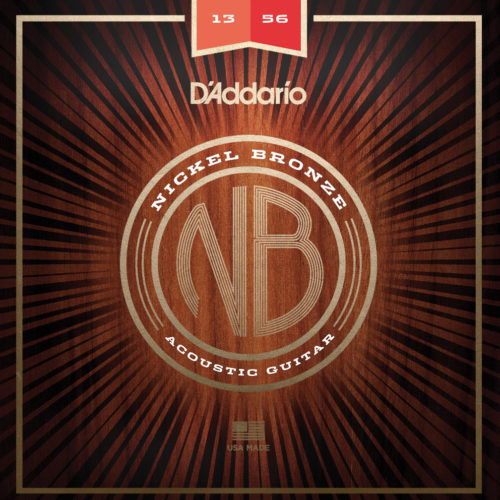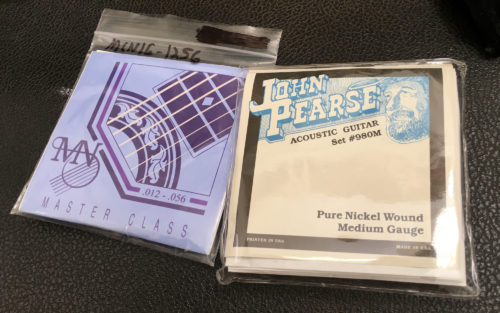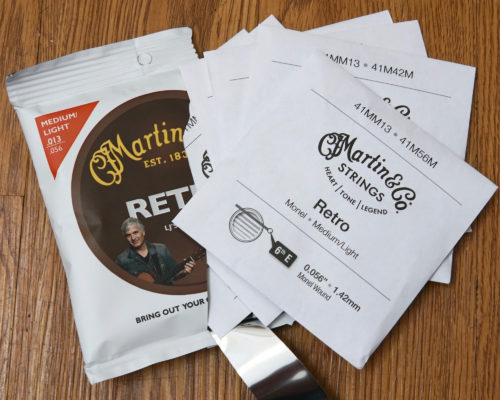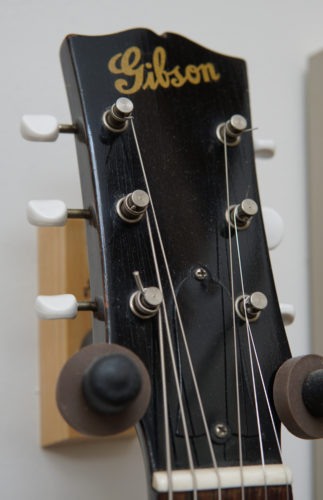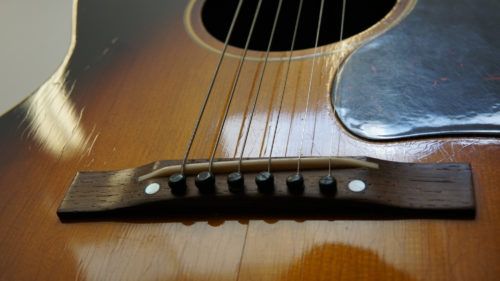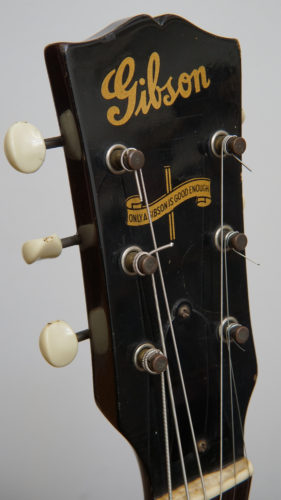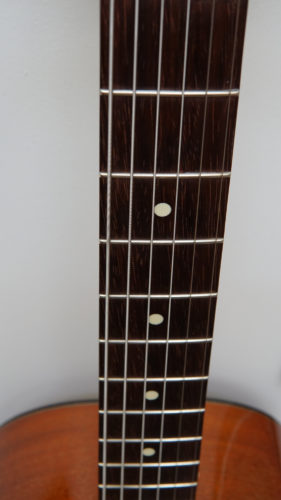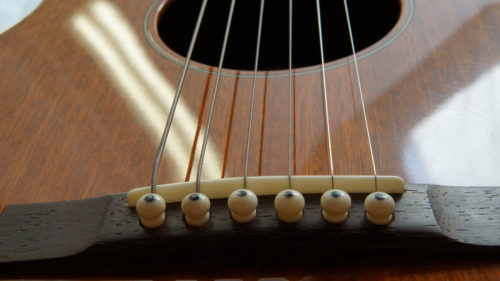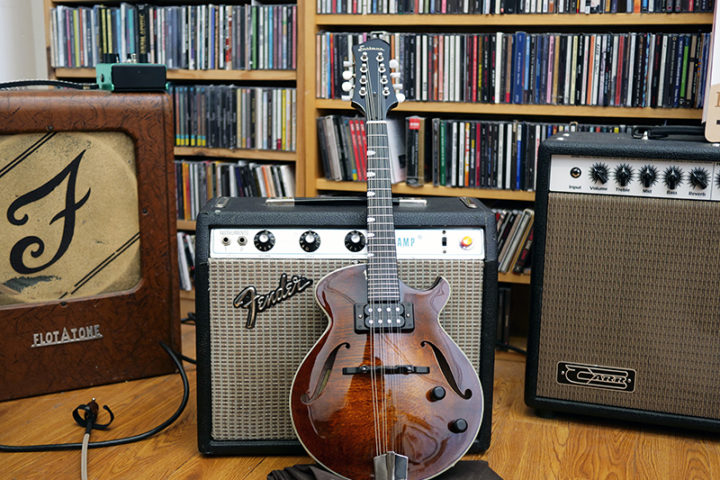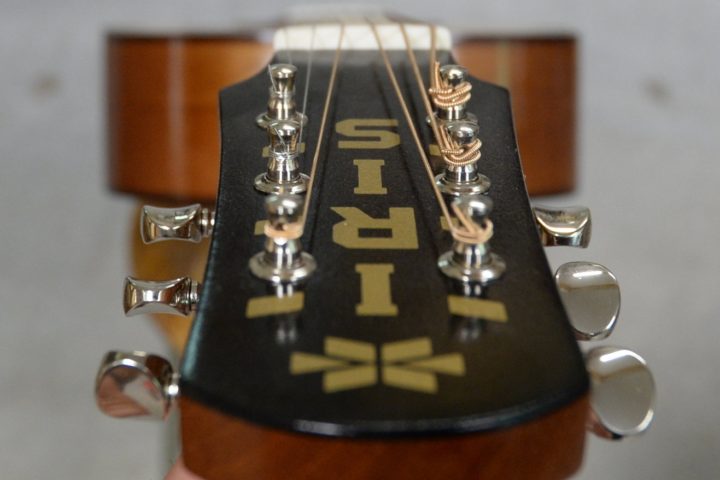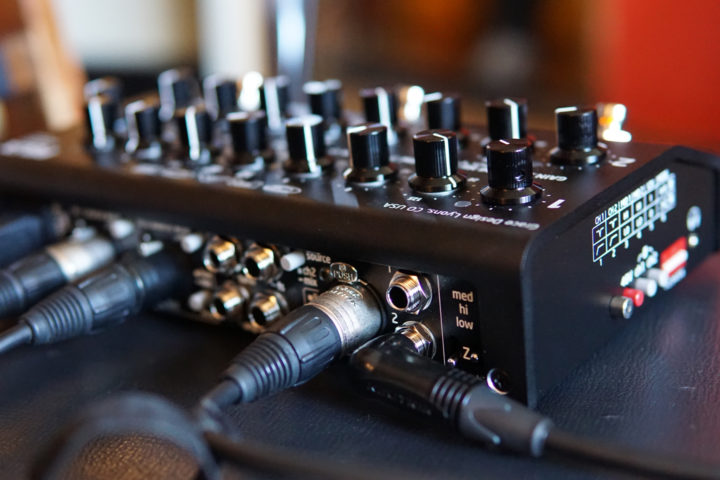Nickel’s got a thing going on in the world of strings these days, doesn’t it? Sure, it started a while ago, with a few folks offering nickel electric strings targeting “blues” musicians, but with full-fledged Retromania setting in, the nickel thing seems to be ramping up a bit, to the point that differentiation comes in all guises– pure nickel, nickel alloy, nickel-plated and so on. It’s enough to drive a metallurgist to drink.
Meanwhile, back at the Fretboard Summit, attendees were given swag bags that included plain-wrapped sets of strings–undercover pre-release D’Addario Nickel Bronze acoustic guitar strings, such as they distribute to their endorsees and beta testers. One of those sets eventually made its way onto the office LG-2, which made its way into an Instagram post, which prompted a bit of a discussion, including a question about how they compare with other nickel acoustic strings available these days. To be honest, we hadn’t given it that much thought, but, the question asked, we figured we needed an answer, so we set about sorting one out.
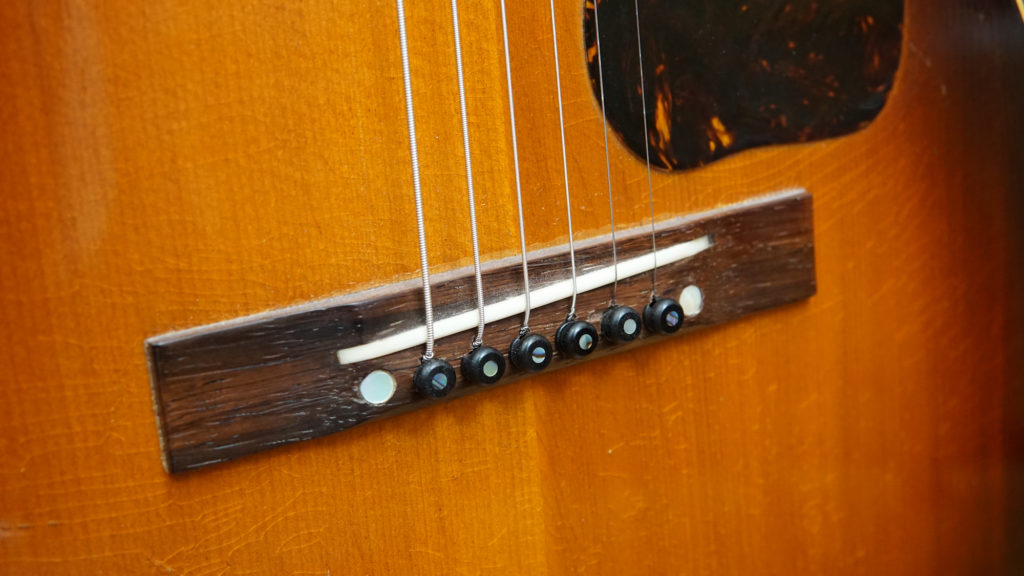
Newtone Nickel Master Class strings on a ’43 J-45.
As it happened, Laurence Juber left us a set of the Martin Retro strings (LJ’s Choice, of course), so that took care of one alternative. A quick internet search found a couple more–Newtone Nickel Master Class and John Pearse Acoustic Guitar Pure Nickel Wound strings–and a new “Hands On” was born.
D’Addario’s Nickel Bronze strings are their “premium uncoated acoustic strings,” nickel-plated bronze wrapped around a “high carbon NY steel” core. Martin’s Monel strings constitute their “Retro” line, and are a solid nickel-copper alloy wrap around a tin-plated steel core. The Newtone Nickel Master Class strings are nickel-plated steel hand-wound around a round nickel-plated steel core; Newtone is light on hype but the packaging mentions that the strings are well-suited to folks with highly acidic perspiration. John Pearse plays it even closer to the vest, leaving us to assume that the “Pure Nickel” part of the name indicates that the strings are pure nickel.
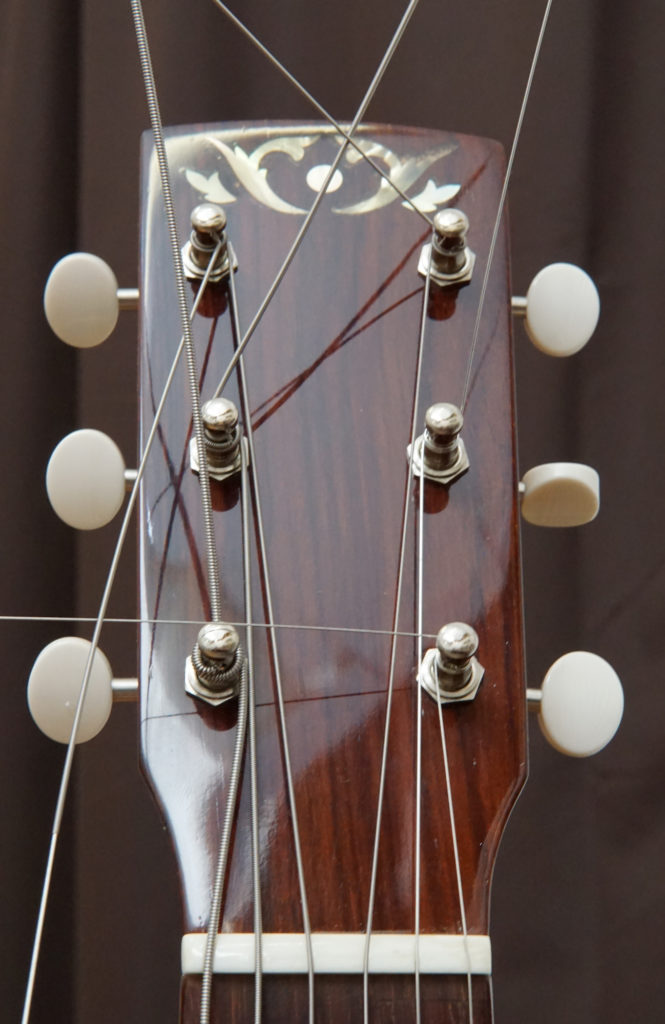
Just before the fun part–Martin Retro “LJ’s Choice” on a Circle Strings 0.5.
For better or worse, we don’t have four identical guitars for testing strings (and, really, you’d want eight ideally, right? Maybe four dreadnaughts and four OOs…) so our tests might not be entirely scientific. We did, however, put them on guitars we know well, so although we cannot do like-for-like comparisons, we’ve got a firm foundation for general assessment. As we mentioned, we put the D’Addarios on the LG-2 (a ’47) a few months back, then swapped those out for the John Pearse set. The Martin Monel set went on a wee Circle Strings “0.5” model (sinker mahogany back, top and sides, rosewood fingerboard and bridge, 24-inch scale) and the Newtones were put on a ’43 J-45. So, there was a lot of mahogany in the mix, but we’re talking about three distinct instruments, though that LG-2 and J-45 are more similar than you might think.
That said, even taking into account how different those three guitars are, there was not a lot to differentiate these strings, in terms of sound or feel. They were all very bright, fresh out of the package, like phosphor bronze but more top and smoother, but played into a nice, even tone quick enough. It’s always tough sorting how much of what’s happening as a string settles in is playing and how much is just time, and spreading the playing time across three guitars makes it that much tougher, but they all seemed to find their sweet spots after a couple of days. In general, these nickel strings seem to have a smoother, more even tone than most bronze strings, not quite mellower but perhaps a little less aggressive (a fine distinction, indeed). The Pearse strings are noticeably brighter than the others, if only just (and a littler rougher under the fingers), but both the Pearse and the Newtone sets gave those old Gibsons a “chime” that I’m not sure I’ve noticed with other strings. The D’Addario set had a real nice run on that LG-2, but when they finally came off they were clearly past their prime–that guitar was picked up by everyone and their monkeys, didn’t always (or ever, really) get a nice wipe-down after playing, and who knows what some of our visitors have been doing with their hands…
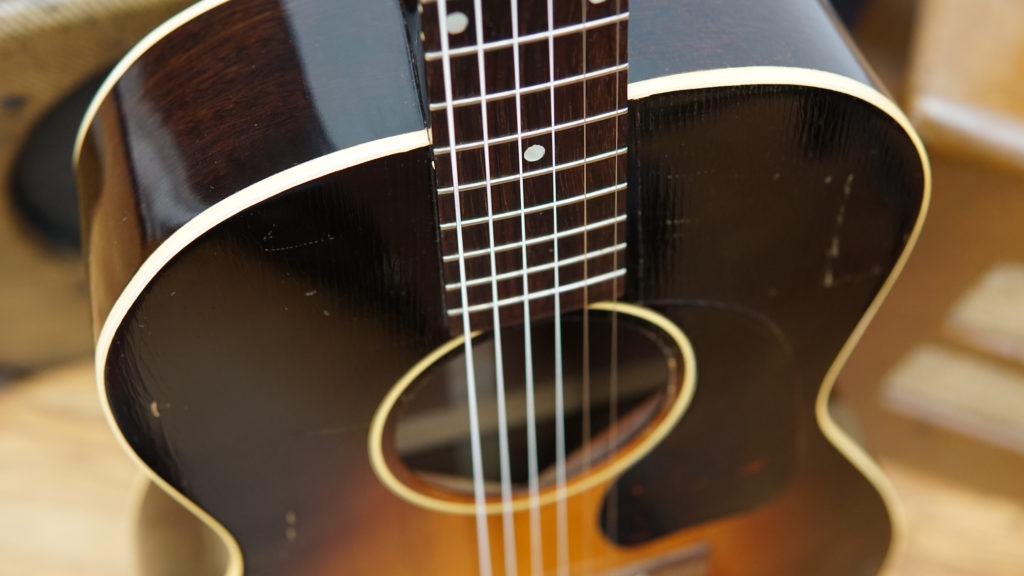
John Pearse Acoustic Guitar Pure Nickel Wound strings on a ’47 Gibson LG-2.
There’s not much to quibble with in terms of how these strings are pitched (so to speak). Following up with Newtone, they told me that the perspiration angle is true for all of their nickel strings, and in fact they offer a “bespoke” service allowing players to order any of their strings in nickel. I don’t (to my knowledge) suffer from highly acidic perspiration, so it’s not a concern for me, but if it were, I’d rather string up my guitar with barbed wire than use a coated string, so this would be a strong selling-point for me. The “LJ’s Choice” angle on Martin’s Monel strings suggests that they are optimal for alternate tunings, so I spent an hour in DADGAD for the first time since 1987 and, sure, it sounded great, but could I swear on a stack of bibles that it handled it better than a regular set? Maybe Mr. Juber could…
So, where does that leave us? Well, I think I like nickel strings, on these guitars at least. I’m not entirely sure I’d want them on some overtone monster of an OM-style guitar, unless I was trying to tame it a bit, maybe give it a little midrange bark, but in general… heck, I’m even reconsidering how I string up my acoustic archtop–I have used Newtone’s “double-wrapped” nickel strings in the past. It’s also worth noting that Newtone hand-winds their strings in England, and these have a round core (like most, but not all of their strings). John Pearse and D’Addario strings are manufactured domestically. All in all, you could easily make an argument for any of these strings, and I’m sure it’s possible to have a preference, but it’d probably be based more on a personal priority than any of the strings’ tangible qualities.
